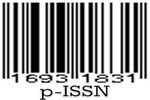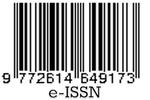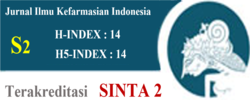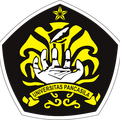Polypharmacy and the occurrence of potential drug interactions in geriatric Covid-19 patients in Karawang General Regional Hospital, Indonesia
Abstract
The management of COVID-19 treatment continues to evolve by involving various types of drugs both symptomatic and supportive therapy. COVID-19 infection with comorbid conditions in geriatric patients can have an effect on increasing drug use and the potential for drug interactions. The purpose of the study was to determine whether there is a relationship between the level of polypharmacy and the incidence of potential drug interactions at Karawang Regency Hospital for the period January to December 2021. The research method used was a cross-sectional study design. The data collected was hospital secondary data with retrospective data type and statistical analysis using Spearman Rho. The research material used was medical record data from 182 samples using the total sampling method. Based on the results of the study, it was found that as many as 108 (59.3%) patients received treatment with a total of 5-9 types of drugs. Potential drug interactions were experienced by 148 (81.3%) patients with a total of 764 events. There is a relationship between the level of polypharmacy and the potential incidence of drug interactions (r: 0.537, p: <0.001).
References
[2]. World Health Organization. WHO Coronavirus (COVID-19) Dashboard. Taken from: https://COVID19.who.int/Accessed 13 August 2021
[3]. Task Force for Handling COVID-19. Taken from: https://COVID19.go.id/peta-sebaran-COVID19. Accessed August 13, 2021.
[4]. Law Number 13 of 1998 concerning the Welfare of the Elderly www.bpkp.go.id/unit/ Hukum/uu/1998/13-98 Accessed 13 August 2021.
[5]. World Health Organization. Medication Safety in Polypharmacy. Medication Without Harm. 2019, pp 11-12.
[6] Republic of Indonesia Food and Drug Supervisory Agency. Indonesian National Drug Informatorium, 2008. Jakarta: Sagung Seto; 2008.
[7]. Syamsudin. Drug Interactions: Basic and Clinical Concepts. Jakarta: UI Press, 2011.
[8]. E.S. Dasopang, U. Harahap, D. Lintardo. “Polypharmacy and Drug Interactions in Elderly Outpatients with Metabolic Diseases”. Indonesian Journal of Clinical Pharmacy, vol. 4, no 4, pp. 235–241, 2015.
[9]. M.D. Cantudo-Cuenca, et al. “Drug–Drug Interactions Between Treatment Specific Pharmacotherapy And Concomitant Medication In Patients With COVID 19 In The First Wave In Spain”. Scientific Reports, vol. 11, no. 12414, 2020.
[10]. Zulkarnaini A, Martini RD. “Description of Polypharmacy in Geriatric Patients in Several Polyclinics at RSUP Dr. M. Djamil Padang”, Andalas Health Journal. vol. 8, pp. 1-6, 2019.
[11]. Karawang Regency COVID-19 Handling Task Force. Taken from: https://covid19.karawangkab.go.id/data/Accessed 20 May 2022.
[12]. Karawang Regency Central Statistics Agency. Taken from: https://karawangkab.bps.go.id/ Accessed 5 June 2022.
[13]. W.H Chang. “Understanding the COVID-19 pandemic from a gender perspective”. Taiwanese Journal of Obstetrics & Gynecology, vol. 59, pp. 801-807, 2020.
[14]. D. Hidayati. Profile of Population Confirmed Positive for COVID-19 and Died: Cases of Indonesia and DKI Jakarta, Indonesian Population Journal Special Edition on Demography and COVID-19, pp. 93-100, 2020.
[15]. W.S. Kadek, I.M. Suwidnya, B.S. Wijaya, “The Relationship of Comorbid Diseases to the Clinical Degree of COVID-19”. Medical Science Digest, vol. 12, no. 2, pp. 708-717. 2021.
[16]. R. L. Diana, S. Isnaini. “Treatment Profiles And Clinical Outcomes Of COVID-19 Patients At Private Hospital In
Jakarta”. PONE Journal. 2021.
[17]. J. Johanna, et al. “Patterns of drug use and factors associated with polypharmacy and excessive polypharmacy in elderly persons results of the Kuopio 75+ Study: A cross-sectional analysis”. Drugs Aging, vol. 26, no. 6, pp. 493-503, 2009.
[18]. O.D. Maire, et al. “Factors associated with polypharmacy and excessive polypharmacy in older people with intellectual disability differ from the general population: a cross-sectional observational nationwide study”. BMJ Open. 2017.
[19]. Team Doctors. Guidelines for Management of COVID-19 edition 3. Jakarta: Indonesian Association of Lung Doctors (PDPI), Indonesian Association of Cardiovascular Specialist Doctors (PERKI), Indonesian Association of Internal Medicine Specialists (PAPDI), Indonesian Association of Anesthesiology and Intensive Therapy Doctors (PERDATIN), Doctors Association Indonesian Children (IDAI). 2020.
[20]. S. Etik, A. Rahem, A. Purnamayanti. “Profile of use of COVID-19 antiviral drugs at Dr. Murjani-Sampit”. Ibnu Sina Scientific Journal, vol. 7, no. 1, pp. 116-123. 2022.
[21]. F. N. Islami, S. Sinala, I.Adhayanti, et al, “Medicines as an alternative therapy for COVID-19”, Urban Health, vol. 3, no. 1, pp. 116-126, 2021.
[22]. G.V. Carolina, et al. “Incidence of co-infections and superinfections in hospitalized patients with COVID-19: A retrospective cohort study”, Clinical Microbiology and Infection, vol. 27, pp. 83-88, 2021.
[23]. L.A. Kusumawardani, M. Nisa, N.F. Yumna. “Analysis of Potential Drug Interactions in COVID-19 Inpatients at a Hospital in West Java”, Pharmaceutical Scientific Journal, vol. 17, no. 2, pp.182-196, 2021.
[24]. M.A. Shakir, Al-Akidi, “Therapeutic protocol for severe infections associated with Covid-19: Potential and effective treatment by levofloxacin and vitamin d3 and zinc (part 1)”. Journal of Pharmacy and Pharmacology, vol 10, pp. 105-118. 2022.
[25]. I. Tanzil, N. Rivianti, I.Saleh. “Correlation between polypharmacy and length of stay in geriatric patients at Mohammad Hoesin Hospital, Palembang”, Indonesian Journal of Internal Medicine, vol. 8, no. 4, pp. 204-208, 2020.
[26]. Guthrie, et al. The Rising Tide Of Polypharmacy And Drug-Drug Interactions: Population Database Analysis 1995–2010. BMC Medicine, vol. 13, no. 74. 2015.

This work is licensed under a Creative Commons Attribution-NonCommercial-ShareAlike 4.0 International License.
Licencing
All articles in Jurnal Ilmu Kefarmasian Indonesia are an open-access article, distributed under the terms of the Creative Commons Attribution-NonCommercial-ShareAlike 4.0 International License which permits unrestricted non-commercial used, distribution and reproduction in any medium.
This licence applies to Author(s) and Public Reader means that the users mays :
- SHARE:
copy and redistribute the article in any medium or format - ADAPT:
remix, transform, and build upon the article (eg.: to produce a new research work and, possibly, a new publication) - ALIKE:
If you remix, transform, or build upon the article, you must distribute your contributions under the same license as the original. - NO ADDITIONAL RESTRICTIONS:
You may not apply legal terms or technological measures that legally restrict others from doing anything the license permits.
It does however mean that when you use it you must:
- ATTRIBUTION: You must give appropriate credit to both the Author(s) and the journal, provide a link to the license, and indicate if changes were made. You may do so in any reasonable manner, but not in any way that suggests the licensor endorses you or your use.
You may not:
- NONCOMMERCIAL: You may not use the article for commercial purposes.
This work is licensed under a Creative Commons Attribution-NonCommercial-ShareAlike 4.0 International License.

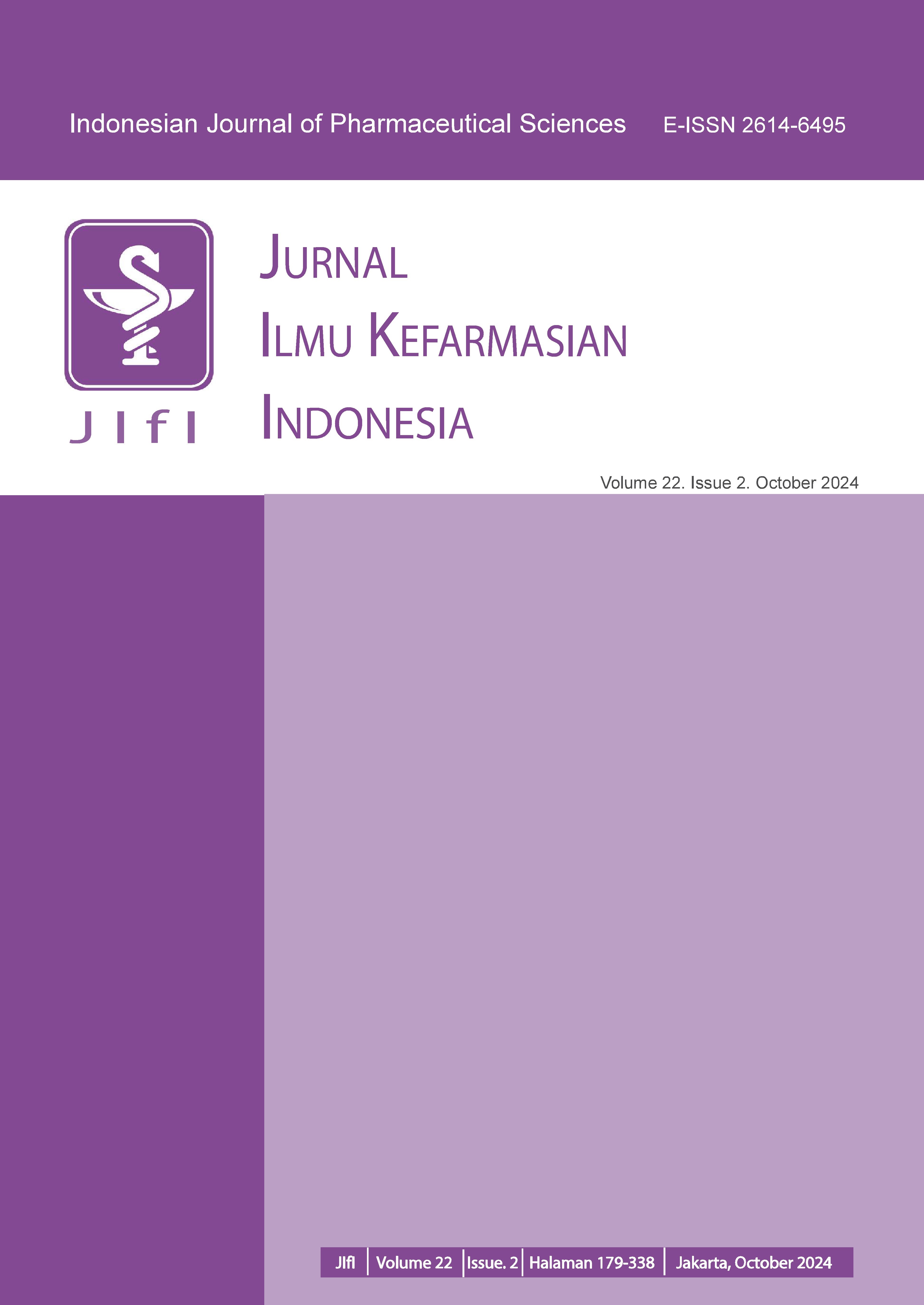



 Tools
Tools

